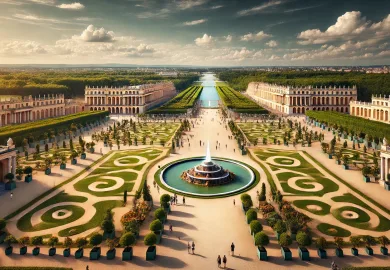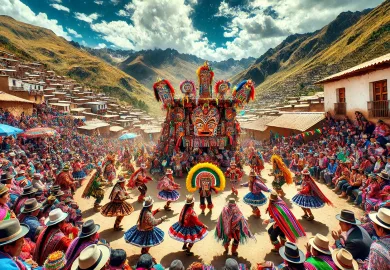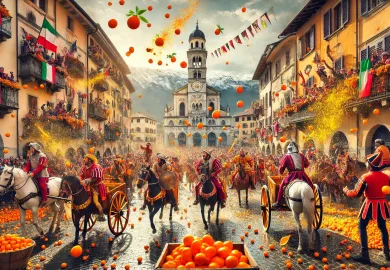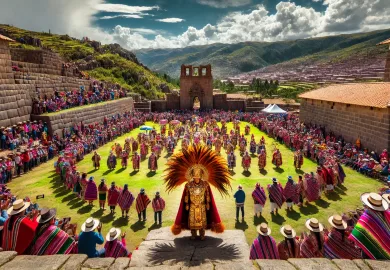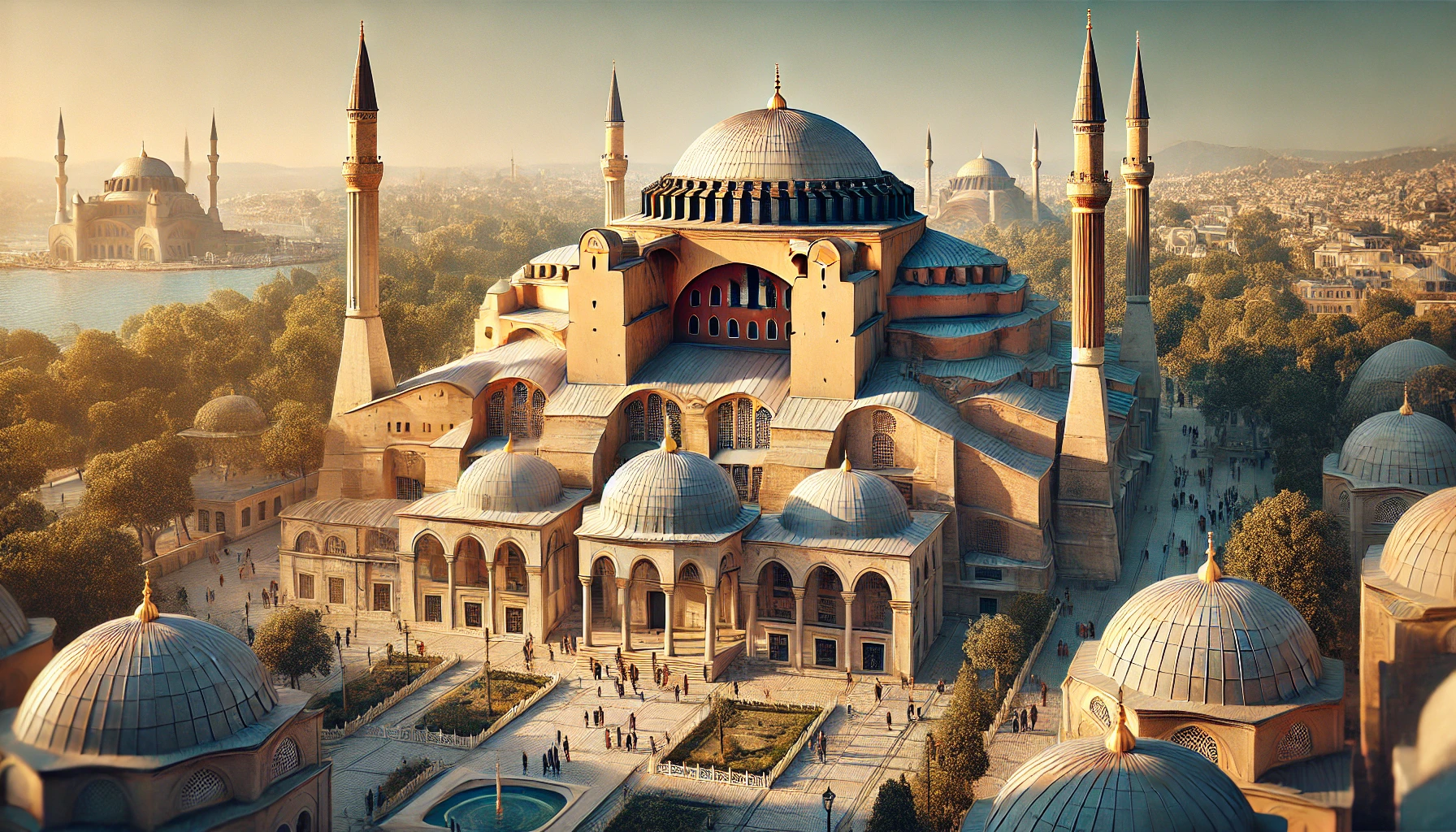
The Hagia Sophia, located in the vibrant city of Istanbul, stands as one of the most significant monuments in the world. With a history that spans over 1,500 years, this iconic structure has witnessed the rise and fall of empires, the evolution of religions, and the transformation of cultures. Originally built as a Christian cathedral and later transformed into a mosque, it now serves as a symbol of cultural fusion and religious harmony. Whether you’re a history buff, an architecture enthusiast, or a curious traveler, the Hagia Sophia offers an unforgettable experience that transports you through time.
The Origins of Hagia Sophia: From Byzantine Ambitions to Architectural Triumph
Constructed under the order of the Byzantine Emperor Justinian I in 537 AD, the Hagia Sophia was designed to be the crown jewel of the Byzantine Empire. As the largest cathedral in the world for nearly a thousand years, it represented both the spiritual and political aspirations of the Byzantines. The combination of massive domes, intricate mosaics, and columns brought from ancient cities created an architectural masterpiece.
The central dome, rising over 180 feet, remains one of its most striking features. It is a testament to the engineering marvels of the time, using a mix of brick and mortar that allowed it to reach heights that no other structure had achieved. The architects, Anthemius of Tralles and Isidore of Miletus, employed innovative techniques, making the dome appear to float above the nave, bathed in natural light from the windows below.
Despite suffering from several earthquakes that caused partial collapses and reconstructions, the Hagia Sophia stood resilient. Each restoration brought enhancements, blending the original Byzantine styles with influences from later eras, ensuring that the Hagia Sophia’s architecture evolved while preserving its core essence.
The Transformation into a Mosque: A New Era for Hagia Sophia
In 1453, the Ottoman Empire, led by Sultan Mehmed II, conquered Constantinople (now Istanbul) and ushered in a new chapter for the Hagia Sophia. The Sultan, recognizing the symbolic power of the structure, converted it into a mosque, marking the beginning of its Islamic heritage. The Christian mosaics were covered with plaster, while Islamic calligraphy and intricate tiles were added to the walls.
The transformation was not just symbolic; it involved significant structural modifications to accommodate Islamic worship practices. Four minarets were added to the corners of the building, enhancing its skyline presence and announcing the call to prayer. Inside, the addition of a mihrab (prayer niche) oriented toward Mecca and a minbar (pulpit) further solidified its role as a place of Islamic worship.
Under Ottoman rule, the Hagia Sophia mosque became a model for future Ottoman mosques, inspiring designs such as the Blue Mosque. Its architectural influence spread far and wide, showcasing the Ottoman Empire’s ability to integrate and elevate its artistic heritage. For nearly 500 years, the Hagia Sophia served as the principal mosque of Istanbul, witnessing the zenith of Ottoman power and cultural prosperity.
A Museum for the World: Bridging Cultures and Religions
In 1935, the Republic of Turkey, under the leadership of Mustafa Kemal Atatürk, transformed the Hagia Sophia into a museum. This decision marked a significant shift, as it sought to highlight the cultural significance of the building beyond religious affiliations. As a museum, the Hagia Sophia became a symbol of secularism and cultural heritage, attracting millions of visitors from around the globe.
This transformation allowed for the restoration of the Byzantine mosaics, which had been hidden for centuries. Stunning depictions of Christ Pantocrator, Virgin Mary, and various saints re-emerged, offering a glimpse into the artistic mastery of Byzantine iconography. These mosaics, alongside the Islamic inscriptions, created a unique visual dialogue that embodied the layered history of the site.
The Hagia Sophia museum provided a space where history enthusiasts, architectural students, and curious tourists could come together to appreciate the convergence of Christian and Islamic art. It became a testament to the interconnectedness of civilizations, showcasing how a single structure could encapsulate the evolution of faiths and the passage of time.
Hagia Sophia Today: A Return to Its Roots Amidst Global Attention
In 2020, the Turkish government decided to revert the Hagia Sophia into a mosque, stirring global discussions about heritage preservation and religious identity. This decision once again altered the building’s status, bringing both celebration and controversy. While it now serves as a place of worship, the site remains open to visitors of all backgrounds, continuing its role as a bridge between East and West.
The Hagia Sophia mosque today maintains its museum-like atmosphere, with the Byzantine mosaics and Islamic features coexisting. Tourists can explore its vast interior, marveling at the intricate arabesque designs and gazing up at the impressive dome. The atmosphere is both spiritual and historical, offering a unique perspective on the cultural fusion that defines Istanbul.
For many, the Hagia Sophia’s transformation back into a mosque is a symbol of Turkey’s reclaiming of its Islamic heritage, while others see it as a missed opportunity to continue as a global cultural landmark. Regardless of its status, the Hagia Sophia remains an enduring icon of Istanbul’s rich history, drawing people who seek to understand the layers of history embedded within its walls.
Visiting Hagia Sophia: What to Know Before You Go
For those planning to visit the Hagia Sophia, there are several important things to keep in mind. As an active mosque, visitors are expected to respect the dress code, with women covering their heads and everyone removing their shoes before entering the prayer areas. The best time to visit is during non-prayer hours, ensuring a peaceful experience with fewer crowds.
The Hagia Sophia’s interior is a marvel to explore, from the main dome to the preserved mosaics and marble columns. Be sure to spend time in the upper gallery, which offers stunning views of the nave and an up-close look at the mosaic art that adorns the walls. Outside, the Hagia Sophia courtyard provides a serene space to reflect on the grandeur of this historical monument.
For a deeper understanding of the Hagia Sophia’s history, guided tours are highly recommended. Knowledgeable guides can provide insight into the symbolic meanings behind the architecture and the political significance that the Hagia Sophia has held over the centuries. Whether you’re a history enthusiast or a casual traveler, visiting the Hagia Sophia is a journey through the heart of Istanbul’s cultural legacy.
Conclusion: Hagia Sophia, A Symbol of Istanbul’s Enduring Spirit
The Hagia Sophia stands as a testament to the enduring spirit of Istanbul—a city that has been a crossroads of empires, religions, and cultures. Its architectural grandeur, layered history, and spiritual significance make it one of the most iconic landmarks in the world. Whether you’re captivated by its Byzantine roots, its Ottoman legacy, or its current role as a mosque, the Hagia Sophia offers a profound glimpse into the soul of Istanbul. It invites us to reflect on the power of history to shape our present, and the ways in which a single structure can embody the diversity of human experience.

